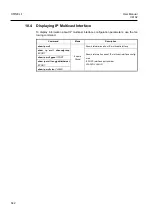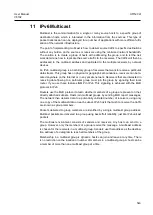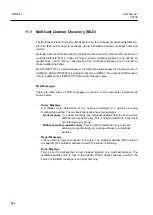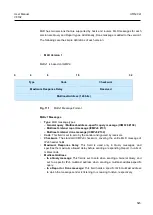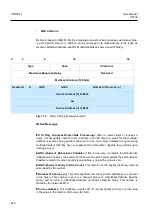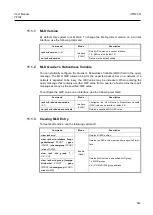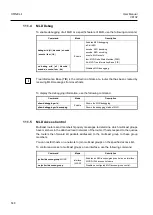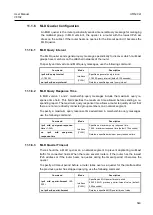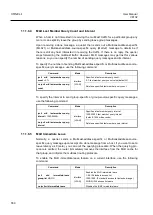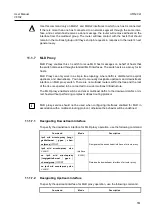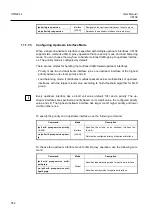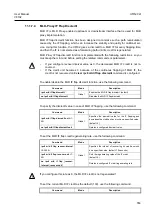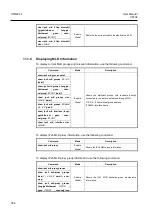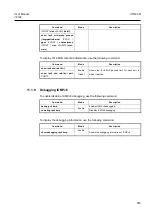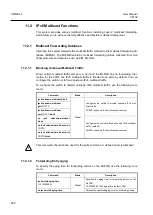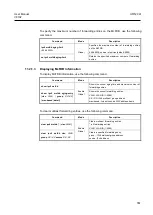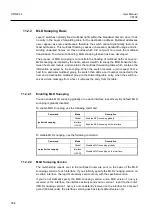
User Manual
UMN:CLI
V8102
543
11 IPv6 Multicast
Multicast is the communication for a single or many source hosts to a specific group of
destination hosts, which is interested in the information from the sources. This type of
packet transmission can be deployed for a number of applications with more efficient utili-
zation of the network infrastructure.
The point of implementing multicast is how to deliver source traffic to specific destinations
without any burden on the sources or receivers using the minimized network bandwidth.
The solution is to create a group of hosts with addressing the group, and to let the net-
work determine how to replicate the source traffic to the receivers. The traffic will then be
addressed to the multicast address and replicated to the multiple receivers by network
devices.
An IPv6 multicast group is an arbitrary group of receivers that want to receive a particular
data stream. This group has no physical or geographical boundaries--receivers can be lo-
cated anywhere on the Internet or in any private network. Receivers that are interested in
receiving data flowing to a particular group must join the group by signaling their local
router. If you use these features IGMP in IPv4, This signaling is achieved with the MLD
protocol in IPv6.
Routers use the MLD protocol to learn whether members of a group are present on their
directly attached subnets. Hosts join multicast groups by sending MLD report messages.
The network then delivers data to a potentially unlimited number of receivers, using only
one copy of the multicast data on each subnet. IPv6 hosts that wish to receive the traffic
are known as group members.
Packets delivered to group members are identified by a single multicast group address.
Multicast packets are delivered to a group using best-effort reliability, just like IPv6 unicast
packets.
The multicast environment consists of senders and receivers. Any host can send to a
group. However, only the members of a group receive the message. A multicast address
is chosen for the receivers in a multicast group. Senders use that address as the destina-
tion address of a datagram to reach all members of the group.
Membership in a multicast group is dynamic; hosts can join and leave at any time. There
is no restriction on the location or number of members in a multicast group. A host can be
a member of more than one multicast group at a time.














